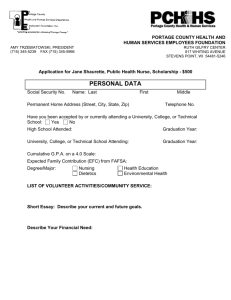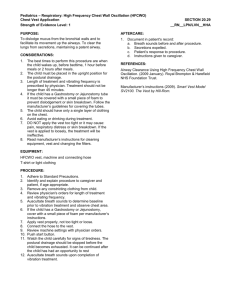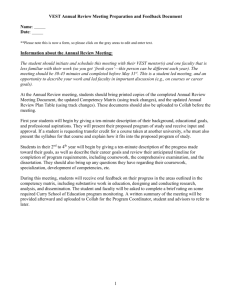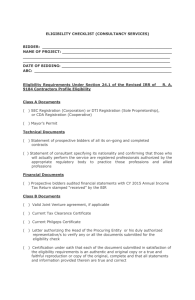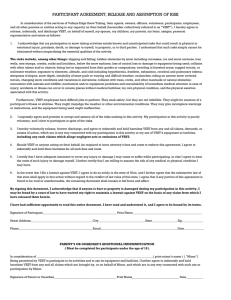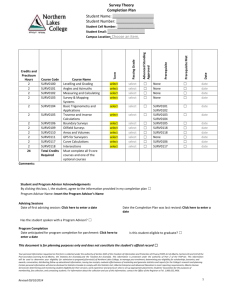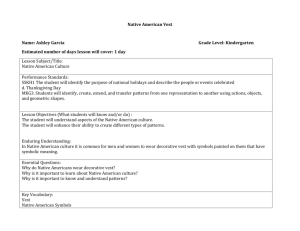Positioning Your Assets to Enhance Financial Aid Eligibility
advertisement
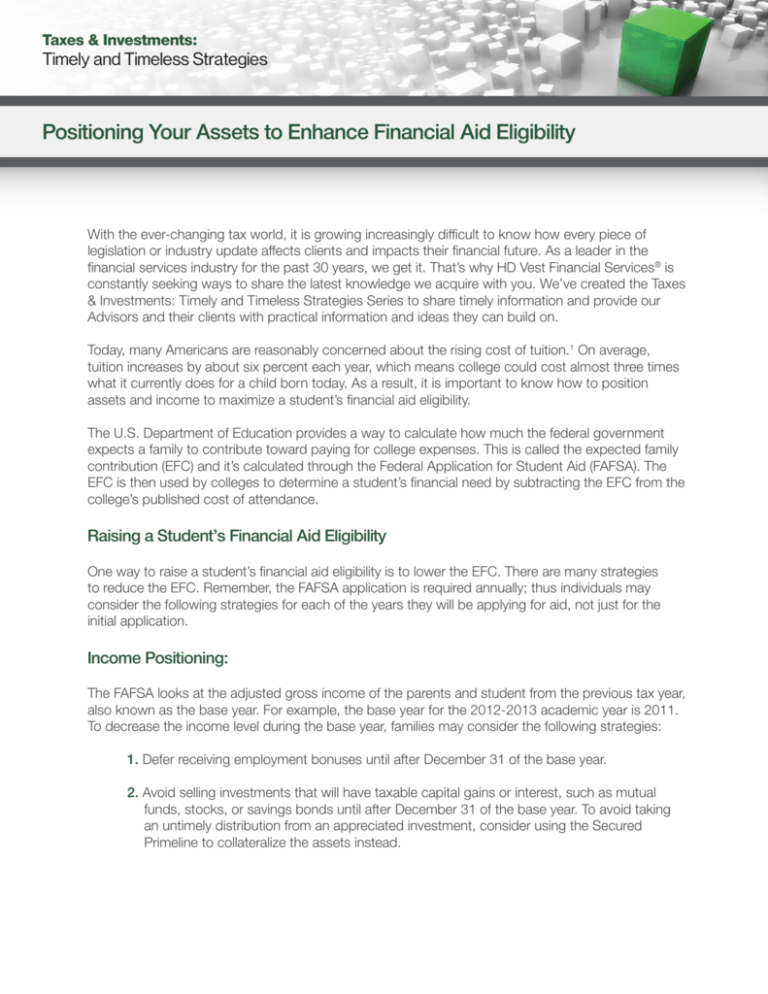
Taxes & Investments: Timely and Timeless Strategies Positioning Your Assets to Enhance Financial Aid Eligibility With the ever-changing tax world, it is growing increasingly difficult to know how every piece of legislation or industry update affects clients and impacts their financial future. As a leader in the financial services industry for the past 30 years, we get it. That’s why HD Vest Financial Services® is constantly seeking ways to share the latest knowledge we acquire with you. We’ve created the Taxes & Investments: Timely and Timeless Strategies Series to share timely information and provide our Advisors and their clients with practical information and ideas they can build on. Today, many Americans are reasonably concerned about the rising cost of tuition.1 On average, tuition increases by about six percent each year, which means college could cost almost three times what it currently does for a child born today. As a result, it is important to know how to position assets and income to maximize a student’s financial aid eligibility. The U.S. Department of Education provides a way to calculate how much the federal government expects a family to contribute toward paying for college expenses. This is called the expected family contribution (EFC) and it’s calculated through the Federal Application for Student Aid (FAFSA). The EFC is then used by colleges to determine a student’s financial need by subtracting the EFC from the college’s published cost of attendance. Raising a Student’s Financial Aid Eligibility One way to raise a student’s financial aid eligibility is to lower the EFC. There are many strategies to reduce the EFC. Remember, the FAFSA application is required annually; thus individuals may consider the following strategies for each of the years they will be applying for aid, not just for the initial application. Income Positioning: The FAFSA looks at the adjusted gross income of the parents and student from the previous tax year, also known as the base year. For example, the base year for the 2012-2013 academic year is 2011. To decrease the income level during the base year, families may consider the following strategies: 1. Defer receiving employment bonuses until after December 31 of the base year. 2. Avoid selling investments that will have taxable capital gains or interest, such as mutual funds, stocks, or savings bonds until after December 31 of the base year. To avoid taking an untimely distribution from an appreciated investment, consider using the Secured Primeline to collateralize the assets instead. Income Positioning: ... Continued 3. Sell investments that can be taken at a loss during the base year. This is also known as tax loss harvesting. 4. Avoid pension and individual retirement account (IRA) distributions in the base year if possible. 5. If you are on an expense account, ask your employer to reimburse you directly so that any reimbursement amounts do not artificially inflate your income. Asset positioning: Assets that are not included in the federal calculation are: • Annuities • Cash value life insurance • Retirement accounts [401(k), IRA] • Personal items such as automobiles, furniture and household items • Home equity in a primary residence1 All other assets not mentioned above that a parent or child owns are included in the FAFSA calculation. In order to reduce assets in the base year, families should consider: 1. Paying all federal and state income taxes due during the base year. This will reduce cash on hand and allow you to deduct the amount paid from your base year’s taxes. 2. Paying down consumer debt to reduce cash on hand and decrease your assessable assets. 3. Using the student’s assets for the first year. In determining federal aid eligibility, the federal government expects a child to contribute 20 percent of his or her assets each year to college costs, whereas parents are expected to contribute a maximum of 5.6 percent of their assets. If assets have been accumulated in a child’s name (individual accounts, UGMAs, UTMAs, etc.), parents may want to consider using these assets to pay for the first year of college, and then use parent-owned accounts like 529s. By reducing the child’s assets in the first year, the family will likely increase its chances of qualifying for more financial aid in subsequent years.1 4. Leveraging the student income limit. For the academic year 2011-2012, the first $5,250 of income a student earns is not considered in determining a child’s total income. This is known as the student’s income protection allowance. One might consider only earning up to the allowance or even doing volunteer work after the income limit has been reached.1 Asset Positioning: ... Continued These strategies to position income and assets increase your potential eligibility for aid under the federal system only. Colleges have their own formula for determining which students are eligible for college-based aid and their calculation may not include the same considerations as the federal calculation. For example, under the federal calculation, the federal government does not consider your home equity in calculating your total assets. However, most colleges do consider home equity in determining a family’s ability to contribute to college costs. Consult with an Advisor today to implement strategies that are consistent with your family’s overall investment planning goals. An Advisor can help you capitalize on planning opportunities, discuss your financial aid options, and implement any income and asset positioning strategies before you apply for aid. If you are not currently an HD Vest Advisor but are interested in learning more about partnering with us to offer financial services, contact a Business Development Consultant at (800) 742-7950. Source: US Department of Education, http://ifap.ed.gov/ifap/ 1 The information is provided for educational purposes only. HD Vest Financial Services® and its affiliates do not provide legal advice. Please consult your legal advisors to determine how this information may apply to your own situation. HD Vest Investment ServicesSM does not provide tax advice. Whether any planned tax result is realized by you depend on the specific facts of your situation at the time your tax preparer submits your return. Investors should consult with their Advisor regarding their specific situation. All investments involve risk including loss of principal. HD Vest Financial Services® is not a registered broker/dealer or independent investment advisory firm. Securities offered through HD Vest Investment ServicesSM, Member SIPC, Advisory Services offered through HD Vest Advisory ServicesSM 6333 N. State Highway 161, Fourth Floor, Irving, TX 75038, (972) 870-6000 1227358 10/13


